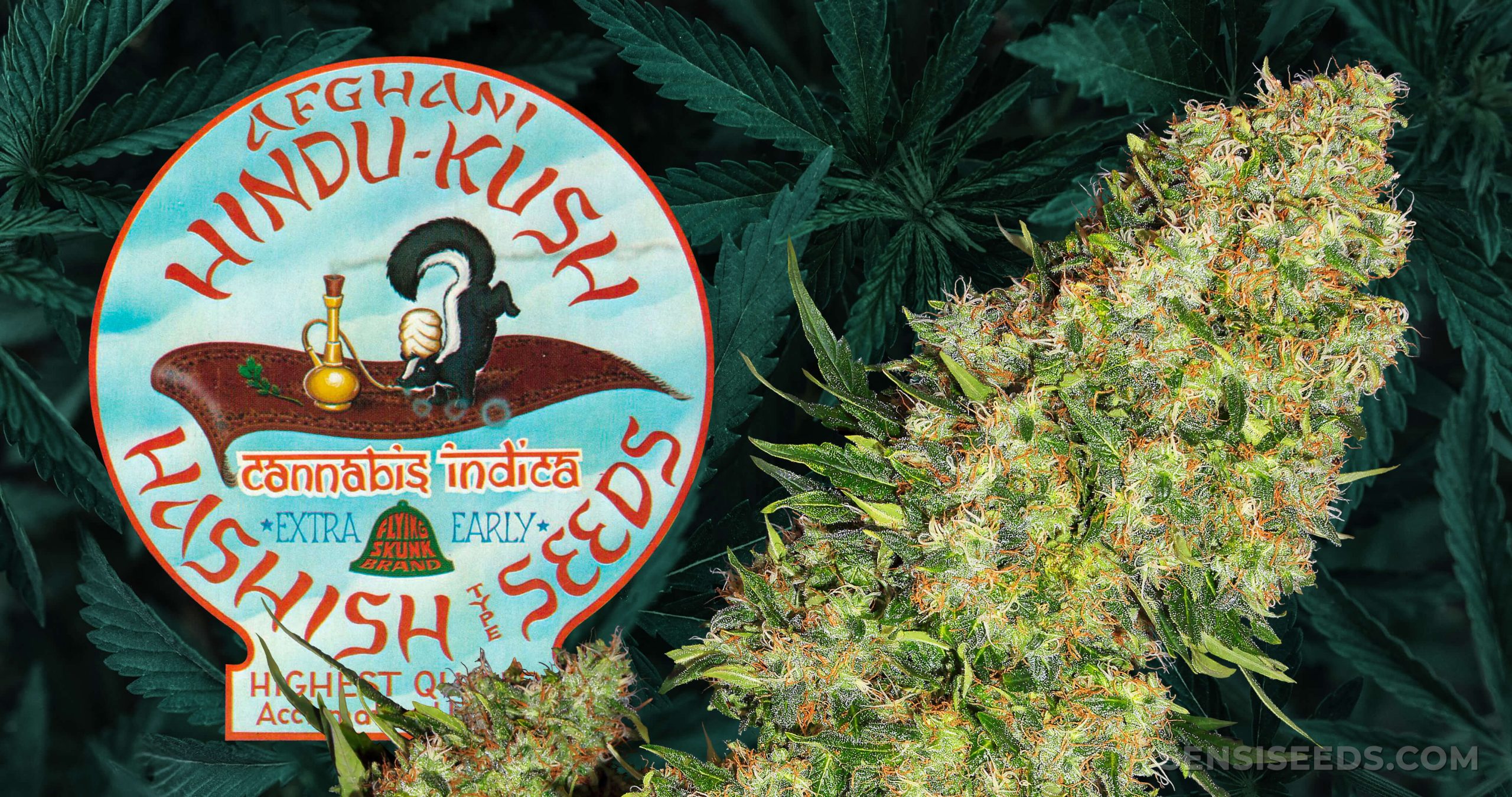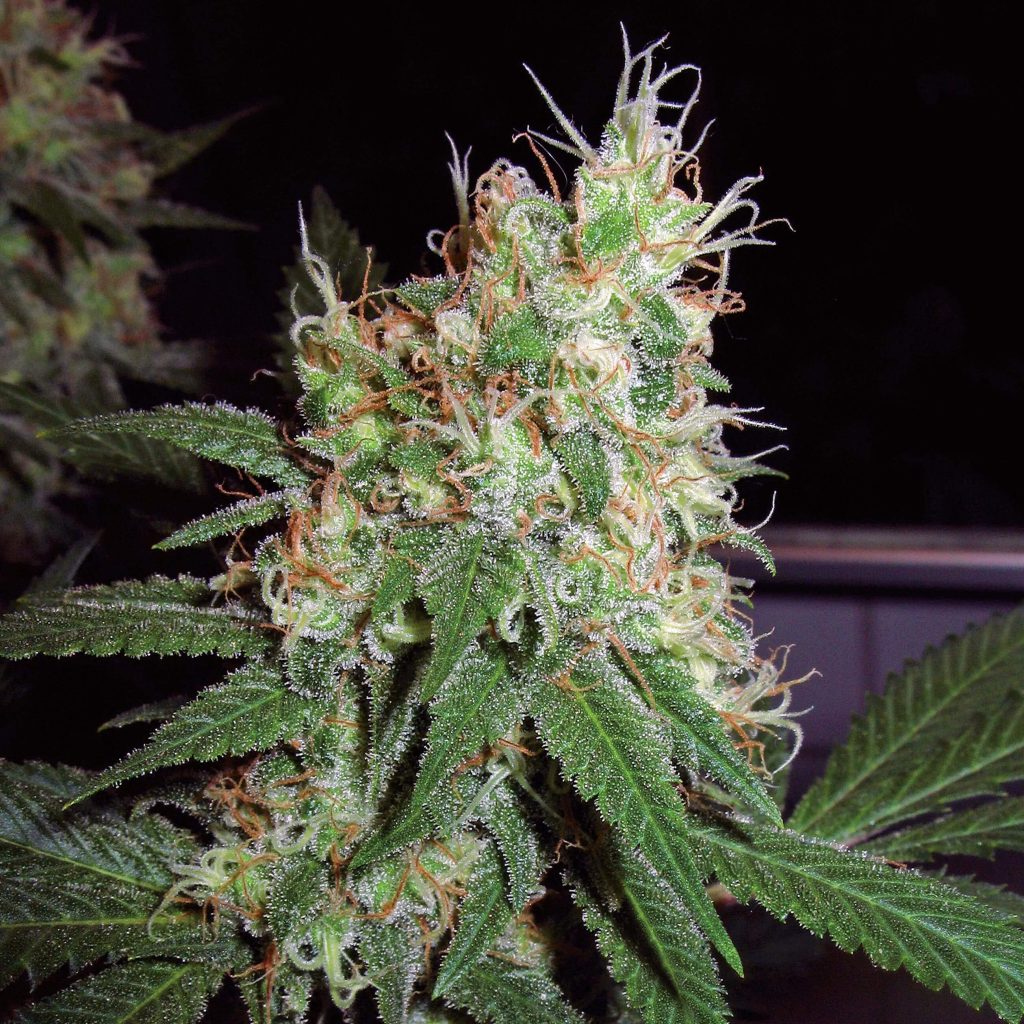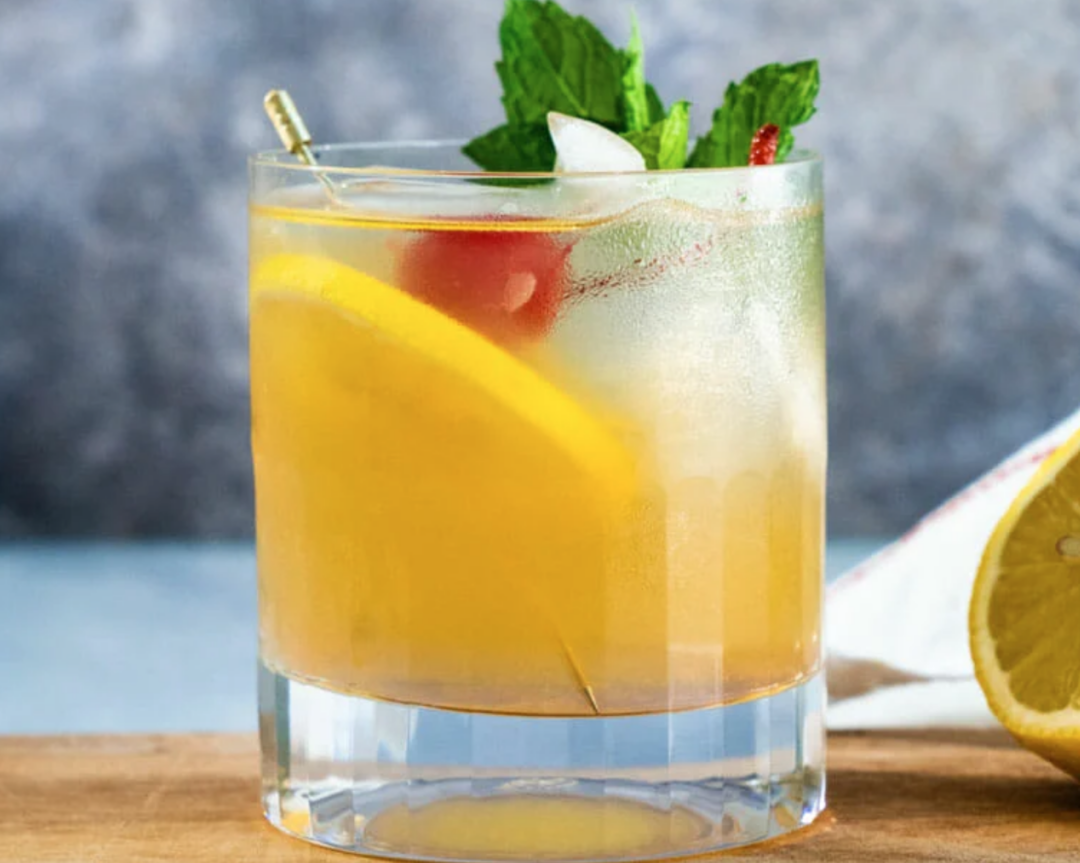More than likely, the strain in your stash jar will be a distant relative of Skunk #1. To learn about the groundbreaking developments of the first commercially successful hybrid, we sat down with Sam the Skunkman and talked to him about the old days. Speaking to him from his home in The Netherlands while smoking a joint, we loved listening to his experiences.
In the spring of 1985, Sam the Skunkman, arrived at Schiphol Airport in Amsterdam. His journey into cannabis hybridisation began in Santa Cruz when he started breeding cannabis on a large scale. He developed the world’s most influential hybrid and paved the way for extensive cannabis breeding in The Netherlands.
In the US, Sam the Skunkman played a pivotal role in the groundbreaking development of the first F1 hybrids and was friends with the illustrious Haze Brothers and started the esteemed Sacred Seeds to produce cannabis seeds and develop Skunk #1. Sacred Seeds carefully crafted this strain by crossing a robust Afghan indica known for its potency and resilience with the legendary Colombian Gold, renowned for its uplifting effects and dynamic characteristics.
This intricate breeding process was enhanced by outcrossing the resulting hybrid with the acclaimed Acapulco Gold, a weed strain famed for its exceptional stability and extraordinary flower production. This enhanced the strain’s stability while shortening its flowering time and significantly increased its yield potential, ensuring a bountiful cannabis experience for enthusiasts worldwide.
Skunk #1 has since earned recognition as one of the most influential hybrids globally and is prevalent in many cannabis hybrids worldwide. This strain is renowned for its distinctive and pungent skunky aroma, which has become popular among cannabis enthusiasts.
Sam the Skunkman comes to the Netherlands
In the early 1980s, many individuals in the Netherlands were engaged in cannabis cultivation. However, their efforts did not yield high-quality results. The cannabis they produced suffered from poor genetic development, and many faced difficulties growing outdoors due to adverse climate conditions.
During that period, a considerable amount of hashish and low-grade cannabis was being imported, which posed challenges regarding potency. In the past, when individuals cultivated cannabis, it was commonly referred to as “mean green”, and initially, they faced difficulties in selling it to the local coffeeshops because the quality was inferior.
During Sam the Skunkman’s visit to Holland in 1984, he visited several growers. During his stopover, he advised them that growing cannabis outdoors in Holland was futile and suggested they switch to greenhouse cultivation. “Forget it! You are wasting your time; you need greenhouses”, bellowed Sam the Skunkman. Following his advice, these Dutch growers transitioned to greenhouse cultivation, and everything changed.
At this time, there were only three leading seed suppliers: the Lowlands Weed Company, Neville Schoenmakers’ The Seed Bank of Holland, and Super Sativa Seed Club. Sam the Skunkman says that the Lowlands seed company never had the highest quality genetics but had the right spirit. In comparison, Neville and the Super Sativa Seed Club had excellent quality seeds because they acquired them from Sam and other cannabis enthusiasts.
Sam, you were talking about Skunk #1
Skunk #1 is a three-way hybrid, initially an Afghan and Colombian cross. It was a late-maturing plant, so Sam the Skunkman crossed it with an Acapulco Gold, shortening the flowering period. Although it was not the fastest flowering cannabis strain, it made it easy to grow indoors under lights, in greenhouses, or outdoors in the middle of southern California.
He remarks that a high-quality skunk, possessing superior genetics, can exhibit a THC content of 17% alongside a full-bodied terpene profile that creates an effect akin to 25% THC. The synergistic interaction between terpenes and cannabinoids, now commonly known as the entourage effect, results in an impressive and captivating experience.
Original Skunk #1 was 1 of 30 hybrids
According to Sam, the original Skunk #1 was among 30 hybrid strains tested during his time with Sacred Seeds. He explains that he grew and tended to all 30 plants in his greenhouse, using male plants of the same variety for each female. That produced an F2 population, resulting in 25% of the plants being similar to the mothers, 25% being similar to the fathers, and the remaining 50% falling somewhere in between.
This is not what Sam wanted, and he remarked that “hybrids tend to be almost always segregated”.He explains that Skunk #1 exhibited minimal segregation, making it an ideal choice for Sacred Seeds. The intention was to offer seeds exclusively for true breeding and keeping the Skunk #1 lineage alive. Now, growers would have the opportunity to cultivate high-quality cannabis genetics and produce seeds.
During this time, he thought more highly of the cannabis farmers because there were no other seed companies. However, Sam explains that ten years later, all the newer seed companies started buying these classic genetics and producing their own copies– it is the nature of business.
In the early 1990s, these companies started entering cannabis competitions with high-quality genetics, and pretty soon, the whole world was flooded with high-quality genetics. Sam laughs, “You have heard the joke; the Americans can do it bigger, the Germans can do it better, and the Dutch seed companies can do it cheaper!”.
Skunk #1 achieved mainstream success when it emerged victorious at the 1988 High Times Cup, defeating Super Sativa Seed Club, Sensi Seed Club, and the Seed Bank of Holland. Sam recalls winning first place with Skunk #1 and considered it the best weed because he had also tried the other two entries.
The impact of Skunk #1 can be observed throughout the cannabis industry. It served as a fundamental building block for many hybrid strains, and its genetic influence can still be seen in numerous popular strains available today. In the United Kingdom, “skunk” is now used to refer to any potent cannabis strain. However, it is essential to note that not all THC-heavy strains in the UK are genetically related to the original Skunk #1 variety.
The process of hybridisation
Besides Skunk, some other varieties were given to Sam the Skunkman, like Haze and California Orange. He states, “Haze was a variety given to me by the Haze Brothers, and they also gave me permission to reproduce and sell the seeds. Then there was Afghani #1, given to me by Mel Frank, Ed Rosenthal’s partner, who also permitted me to reproduce and sell that”.
There were also varieties like Durban Poison from South Africa. Ed Rosenthal first collected the seeds from the Transkei Coffeeshop here in Amsterdam, took them back to the USA, and gave them to his partner. Sam the Skunkman explained he grew it in California but believed what Mel Frank had given him was not the best.
“It was a second line, which was intersexed, so I had to grow it for four or five years in California to select the plants that were not intersexed”. He preferred Durban Poison because it was his earliest growing endeavour to flourished in the unfavourable climate. He cultivated over 20,000 plants outdoors in Holland!
Due to the process of hybridisation, whether through clones or seeds, it has become possible for anyone to cultivate high-quality cannabis. Sam the Skunkman believes the war on drugs was futile, as it was effectively lost when premium seeds and clones were distributed worldwide. The use of artificial lights in cultivation played a significant role in their defeat, despite taking several decades for this realisation to be acknowledged.
The legacy of Skunk #1 and Sam the Skunkman
Through innovation, dedication, and passion, Sam the Skunkman’s endeavours with Skunk #1 paved the way for advancements in cannabis breeding. The strain’s success and genetic stability were crucial in shaping the modern cannabis world. He demonstrated the potential for creating hybrid varieties with improved characteristics and inspired many breeders to develop their genetics and introduce new varieties with unique traits.
Sam the Skunkman helped lay the foundation for further exploration and innovation in cannabis botany, striving to constantly push the boundaries of potency, flavour, and cannabinoid content.
Thanks, Sam the Skunkman!

 Cannabis News2 years ago
Cannabis News2 years ago
 One-Hit Wonders2 years ago
One-Hit Wonders2 years ago
 Cannabis 1012 years ago
Cannabis 1012 years ago
 drug testing1 year ago
drug testing1 year ago
 Education2 years ago
Education2 years ago
 Cannabis2 years ago
Cannabis2 years ago
 Marijuana Business Daily2 years ago
Marijuana Business Daily2 years ago
 California2 years ago
California2 years ago

























